In Chelsea, an air, water, land fight for environmental justice
October 9, 2025
Support WBUR

Liza Henriquez walked up the back staircase of her triple decker in Chelsea, which sits right next to the Tobin Bridge. She avoided touching anything. The stairs and railings were coated with a thin layer of sandy-brown dust.
“This is the type of fine powder that I need to vacuum out of my carpets, that I’m constantly sweeping,” Henriquez, 42, said, becoming winded mid-sentence.
The lifelong Chelsea resident was diagnosed with asthma a few years ago. She suspects it’s due to pollutants she regularly breathes.
Her mother, whom she lives with and takes care of full-time, has significant health problems. Between the dust, dirt and exhaust in the air around the apartment, “every single window is literally closed shut,” Henriquez said.
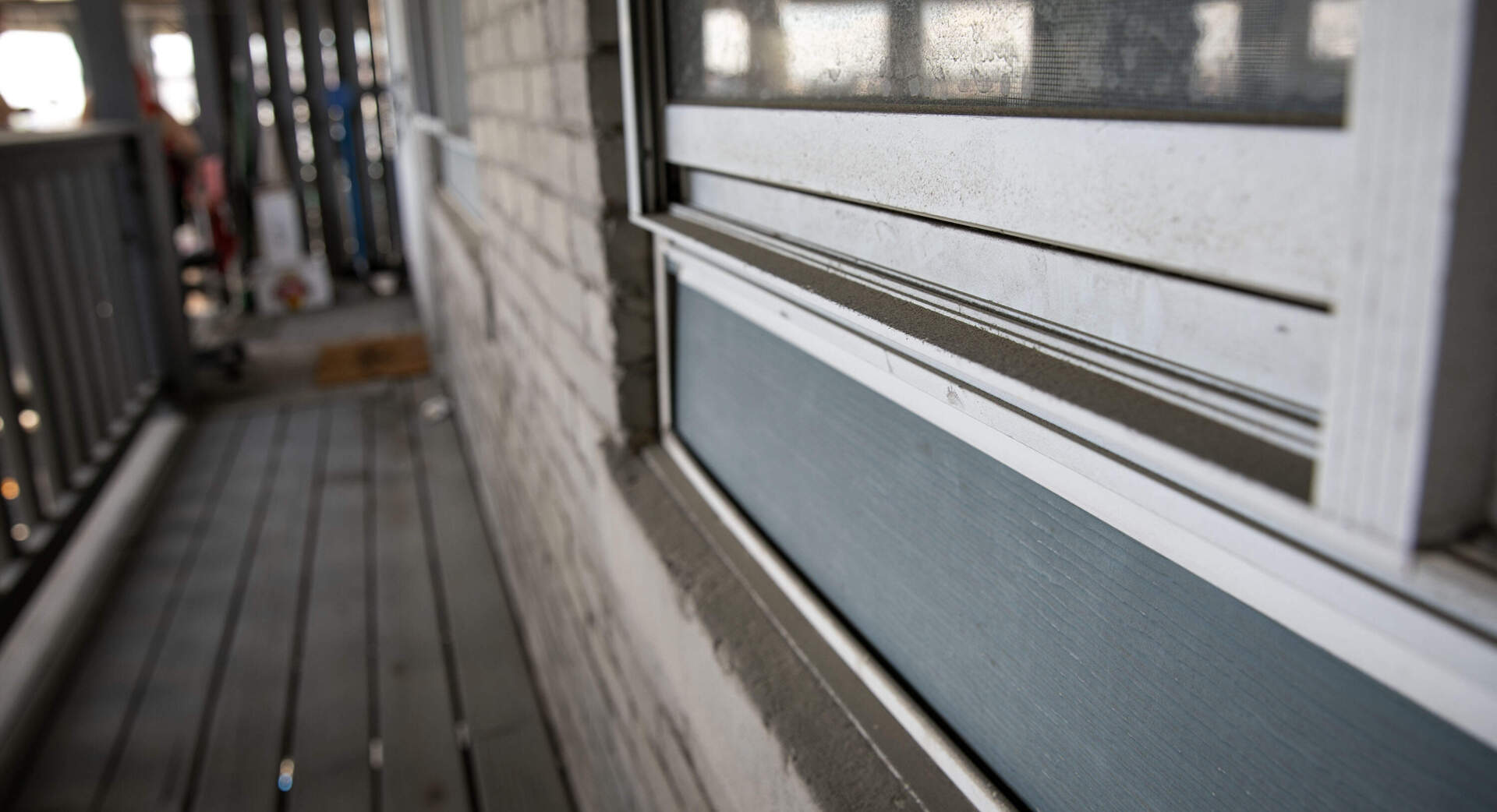
The brown particles are kicked up by construction and vehicles on the Tobin, which stretches across the Mystic River. Approximately 90,000 cars and trucks cross the bridge every day. Henriquez’s apartment is so close to it, she can talk to construction crews working on the bridge.
The Massachusetts Department of Transportation is removing lead paint from the 75-year-old structure, which was re-painted with the toxic substance for decades. In early 2023, that lead paint chipped and floated down into Chelsea neighborhoods.
MassDOT distributed air purifiers, vacuum cleaners and air conditioners to residents in the area impacted by the bridge work. The state also covered the bridge work zones in netting and tarps, and installed large suction equipment to capture dust and chips.
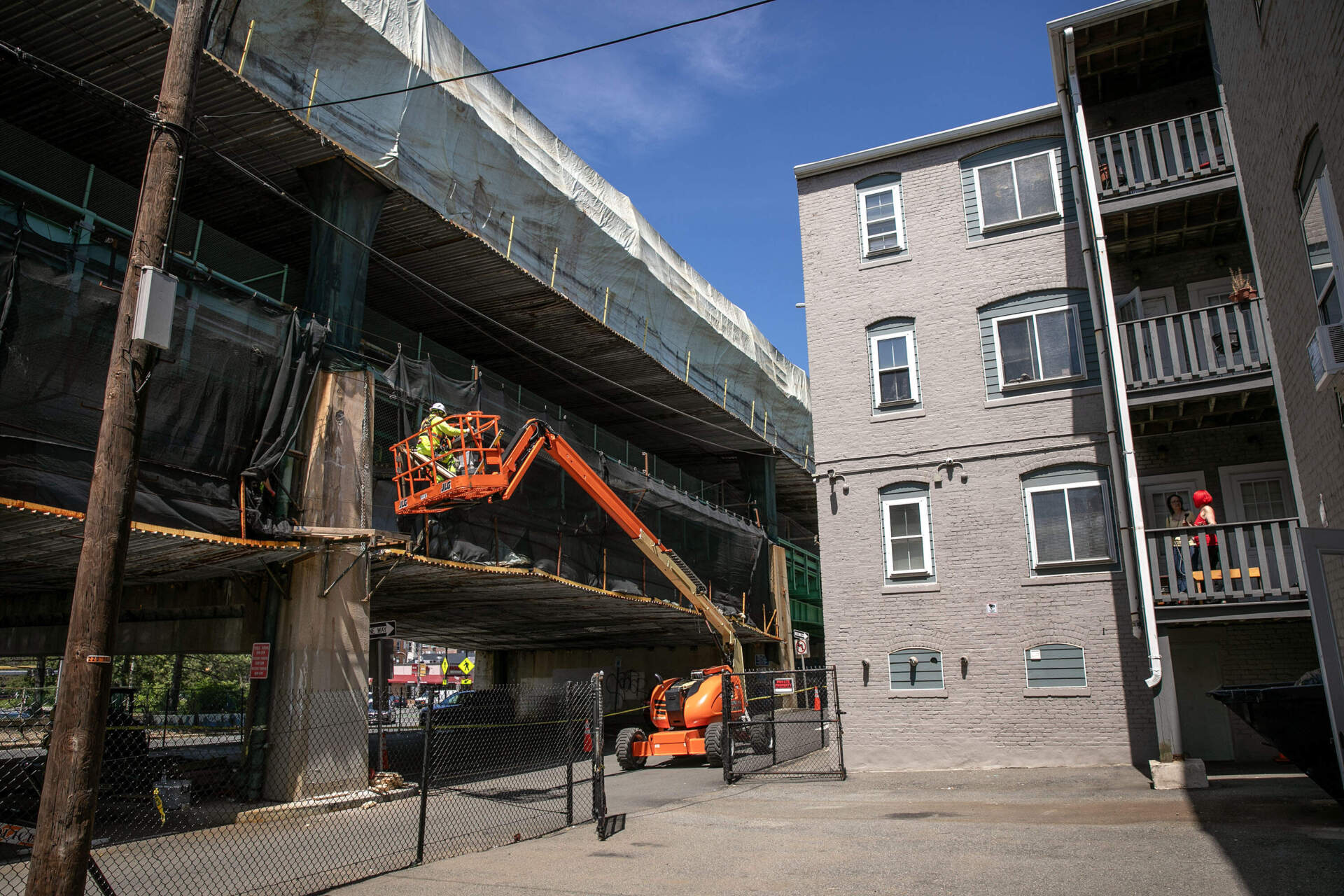
Celeste Williams lives near Henriquez, in the shadow of the Tobin. Like Henriquez, she was diagnosed with asthma in recent years. On a late spring day, the 60-year-old walked into the Chelsea Senior Center in the midst of an asthma attack. She said the air outside felt “heavy.”
“I feel like when I’m breathing, like it’s pressing on my chest,” Williams said. “This is what I face every day. I can only be outdoors for a little while.”
Williams’ granddaughter, whom she raised in Chelsea, was born with the chronic lung disease.
State data show Chelsea residents are hospitalized for asthma at much higher rates than Massachusetts residents overall.
Williams, who moved to Chelsea as a teenager, had a different health crisis when she was 29: stomach cancer. Though she can’t prove it, she believes it’s because she lived near Chelsea Creek.
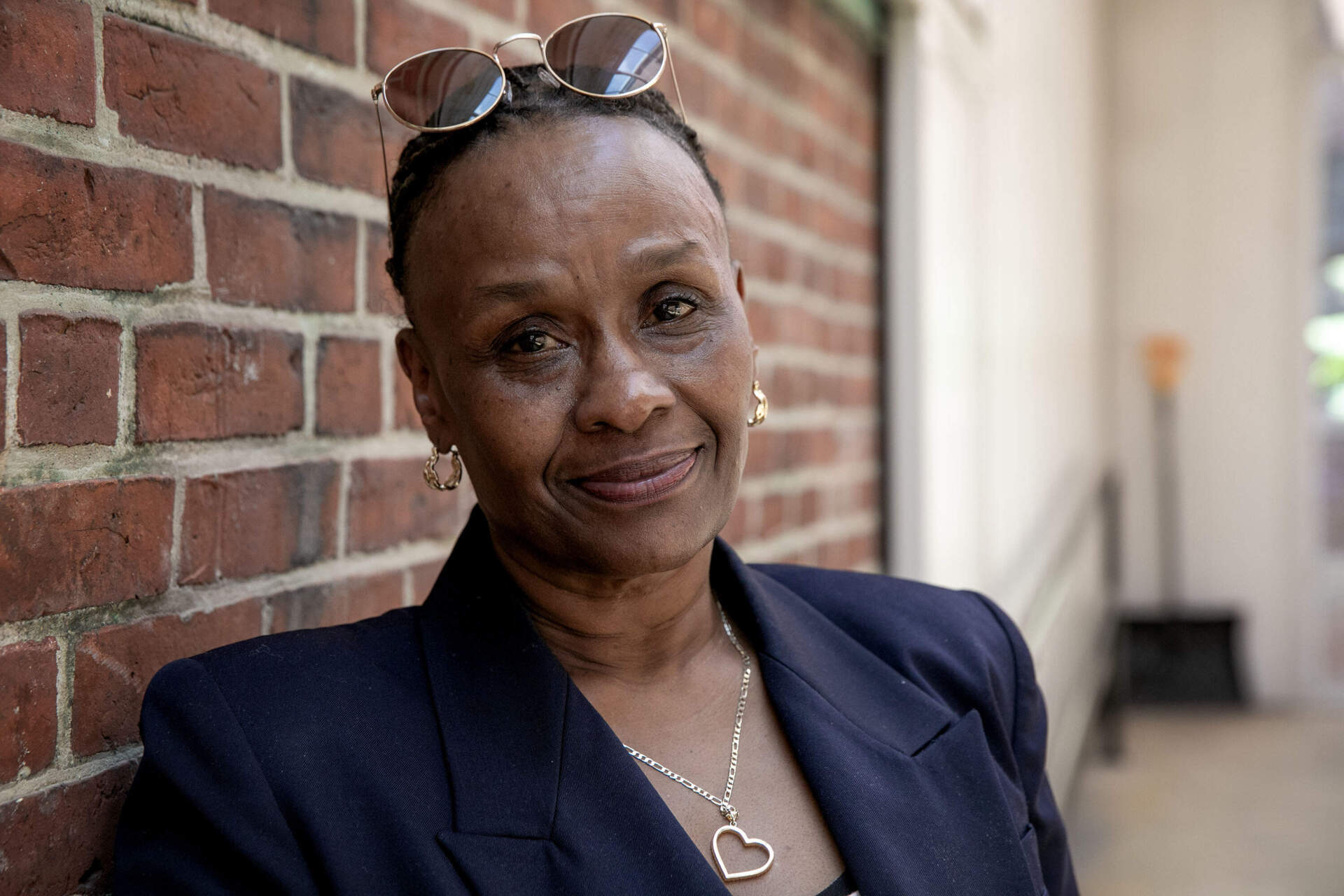
“The creek was polluted. It smelled like rotten everything down there, you know?” Williams said. “I dreaded living down there, it was so smelly.”
The tidal creek is a tributary of the Mystic River. Chelsea sits on both waterways. Companies released toxic chemicals into the water for decades. More recently, the Conservation Law Foundation filed a suit accusing an oil company of polluting the creek with petroleum byproducts.
Small city, big challenges
A little more than two square miles in size, Chelsea is the smallest city in Massachusetts. But it faces out-sized burdens from pollution and other environmental hazards.
The state has designated all of Chelsea’s neighborhoods as environmental justice populations. It’s a recognition that communities with lower incomes or large non-white populations are more likely to be exposed to environmental hazards from sources such as factories or highways. Almost half of Chelsea’s current population was born outside of the U.S., and the city’s median income is well below the state’s, according to the U.S. Census.
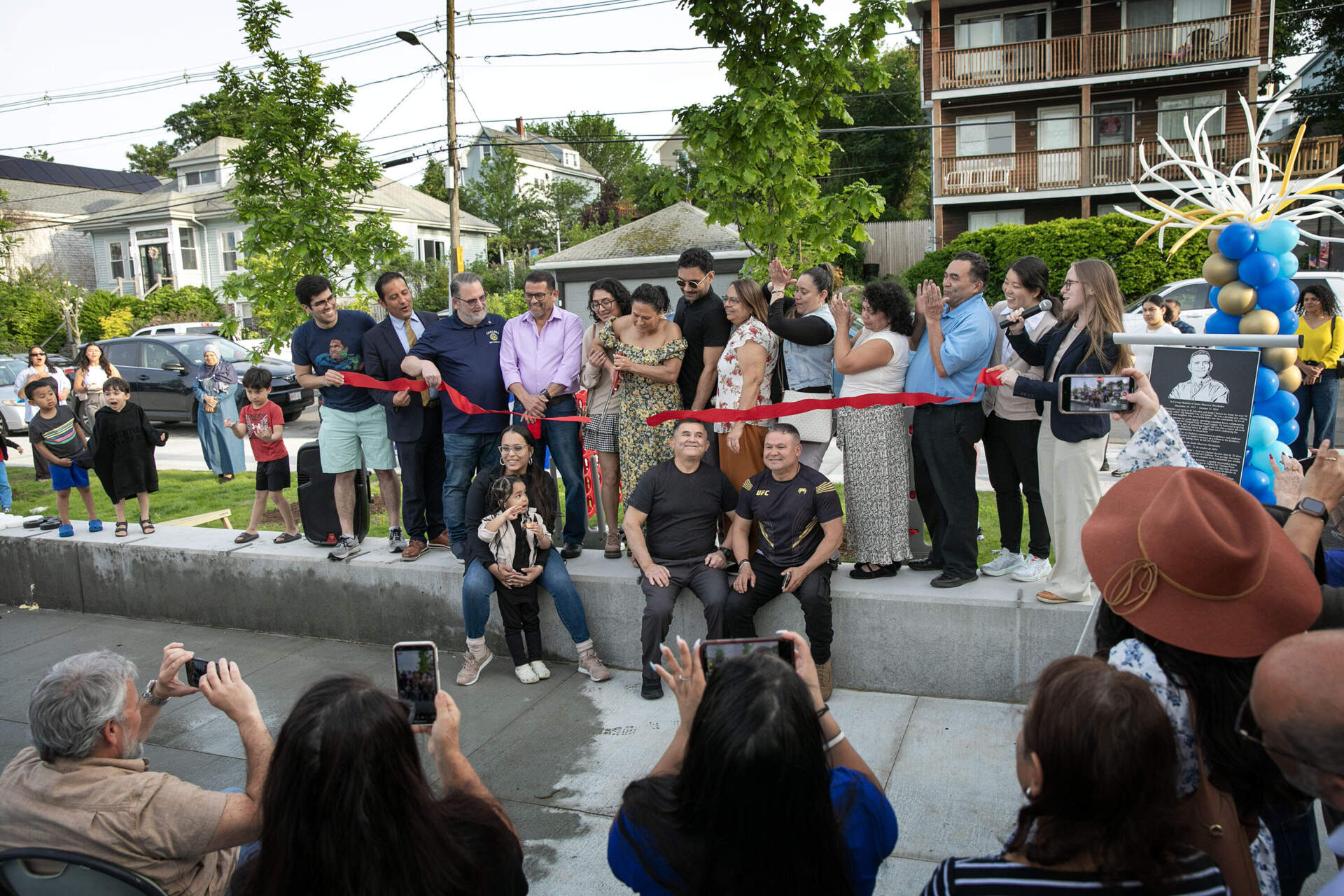
“If we sat every single day and thought about the challenges that face us, we would be beat down,” said Roseann Bongiovanni, a lifelong Chelsea resident and activist who heads the environmental justice nonprofit GreenRoots.
“The burdens keep happening to the same folks,” Bongiovanni said. “It’s low-income communities. It’s communities of color. It’s communities that don’t speak English as their first language.”
Waves of immigrants settled in Chelsea starting in the mid-19th century, including Jewish immigrants from Russia and Eastern Europe, Italians, and later, Central Americans. The city’s waterfront location neighboring Boston to the north made it a hot spot for industry.
“We are very proud of our immigrant background. We know that it is a strength,” said Chelsea City Manager Fidel Maltez. His family immigrated to the U.S. from Nicaragua when he was a child. “We also want everyone to recognize just how much Chelsea contributes to the region.”
Support WBUR
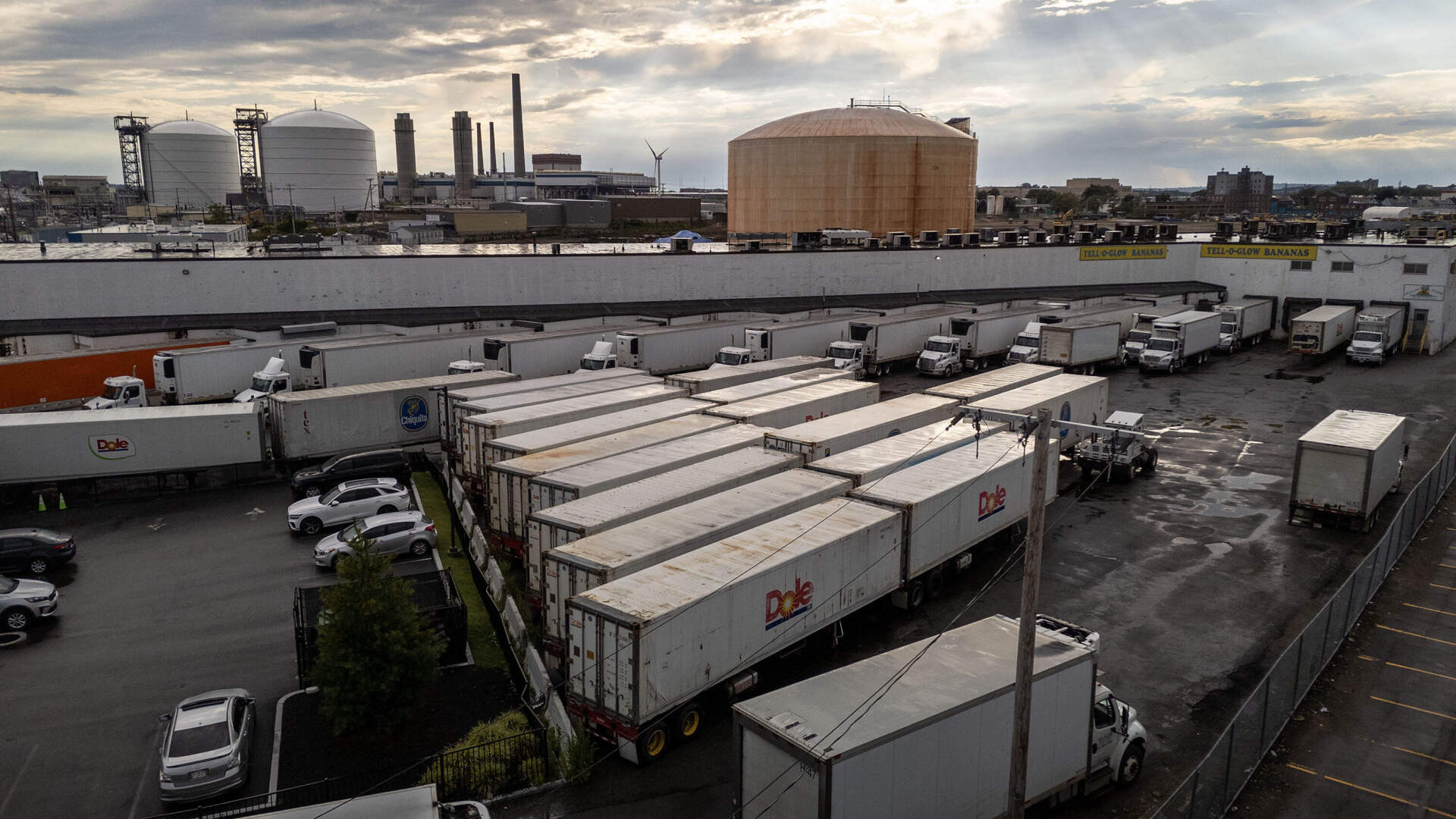
Among the contributions: about three-quarters of New England’s heating fuel and gasoline for thousands of gas stations on the East Coast is stored in tanks along the Chelsea Creek after it’s delivered by ship. Much of the region’s road salt is stored in massive piles next to the creek. Vegetables and fruit from around the country — enough to feed eight million people from New England to the Maritime Provinces — make a stop at New England Produce Center in Chelsea.
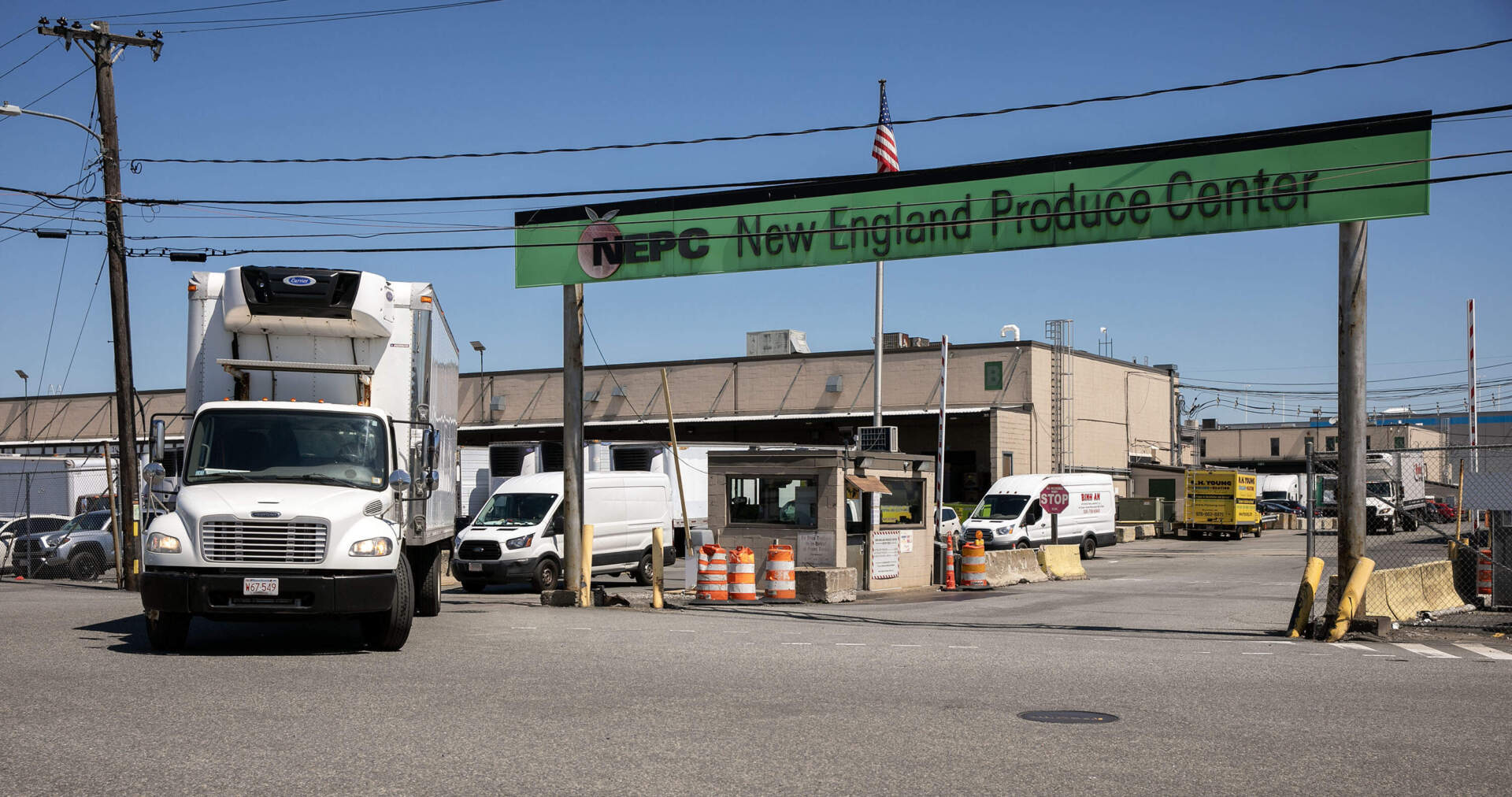
All of that means a constant stream of big trucks rumbles through the city, spewing exhaust. It also means Chelsea has a lot of asphalt, which gets hot in warm weather.
“Imagine that this is what it feels like to live in Chelsea; to live in a parking lot,” Maltez said, as he stepped under the shade of a tree next next to the produce center to get cooler. “That asphalt raises the temperature of our neighborhoods by quite a bit.”
The entire city is considered an urban heat island, where temperatures can be 20 to 40 degrees warmer than in suburbs with more trees and green space. And heat makes some health problems worse.
Despite all of the environmental impacts, Maltez said Chelsea needs the industry.
“ This industry provides real tax benefits to our community, which in turn funds our schools, which in turns funds our police department. We also know that a lot of our residents rely on jobs that are here locally in our community,” he said. “I believe that there are things we can do in order to reduce or mitigate the impact.”
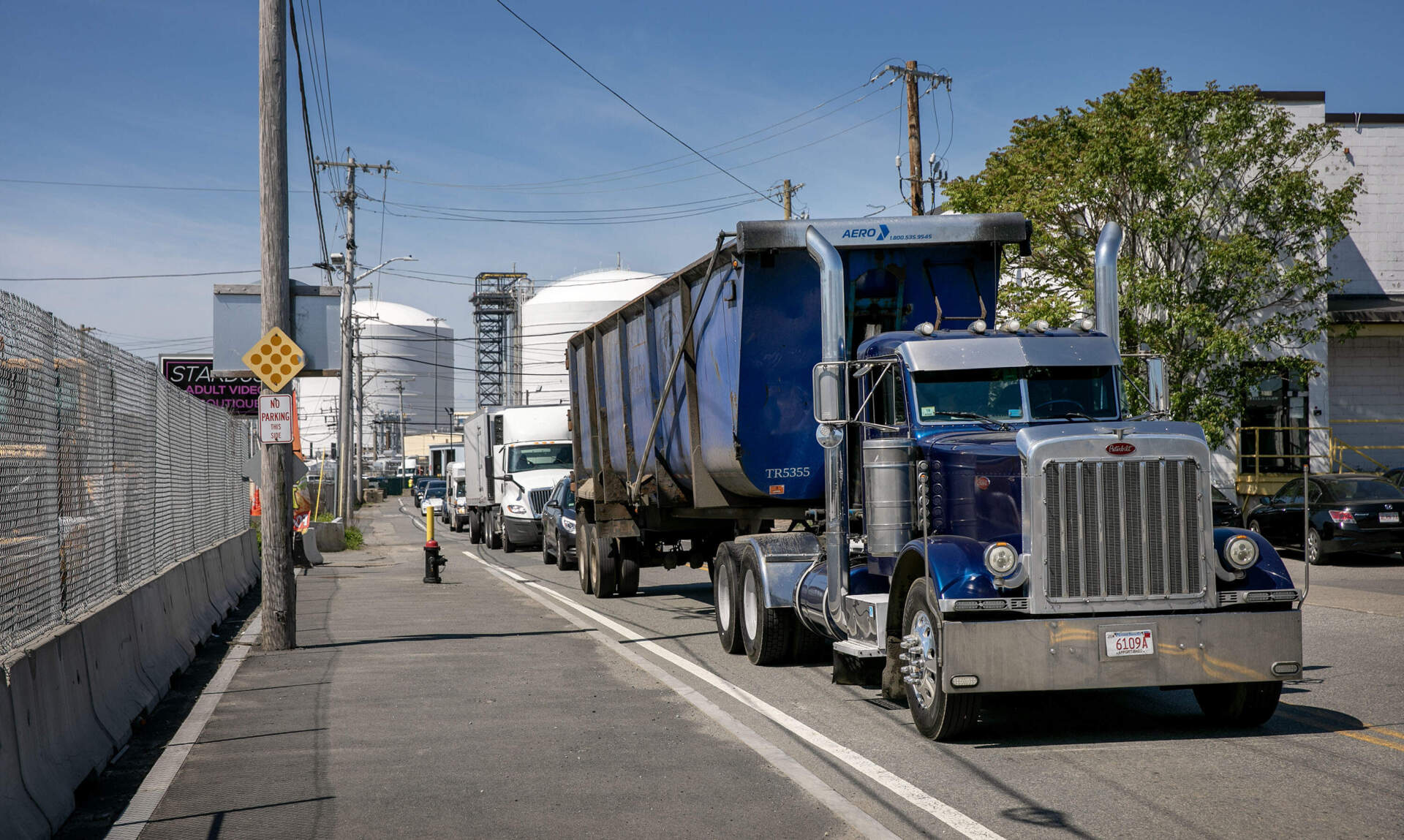
Some of those things have already happened. GreenRoots, the environmental nonprofit, worked with some of the industrial powerhouses to help them become a bit more green. New England Produce Center replaced its diesel-powered refrigeration units with electric ones, and Eastern Salt retrofitted its front loaders to pollute less, Bongiovanni said. The salt company also revitalized some abandoned industrial sites along the river and created a waterfront park.
Feds freeze flood mitigation funding
As Chelsea tries to mitigate existing environmental hazards, it’s preparing for another looming threat: extreme flooding due to climate change.
The city has partnered with neighboring community Everett on a flood mitigation project at Island End River, a short tributary of the Mystic. The project, which includes a 4,460-foot storm barrier and restored wetlands, would protect a large swath of low-lying critical infrastructure and some neighborhoods, from the adjacent produce center all the way to Route 16 and nearby Chelsea High School.
There’s already some flooding every year due to stormwater runoff and extremely high tides, according to Emily Granoff, Chelsea’s deputy director of housing and community development. Things will only get worse as sea levels rise.
“We’ll see weekly flooding in 2030, twice-daily flooding by 2050,” Granoff said. “We’re talking about water that could be two to four feet deep.”
Granoff heads the Chelsea arm of the project to build the flood barrier. Construction on the concrete and steel wall was expected to begin late next year. But the Federal Emergency Management Agency canceled a $50 million grant in the spring, calling the national infrastructure resilience program it was part of wasteful.
“I was very upset, and I was also just baffled,” said Granoff, pointing to staggering figures from a city analysis. The study estimates the $120 million barrier would prevent $3 billion in flooding impacts.
Massachusetts and other states sued the federal government. A federal judge in Boston blocked the government from reallocating the funds while the case plays out in court.
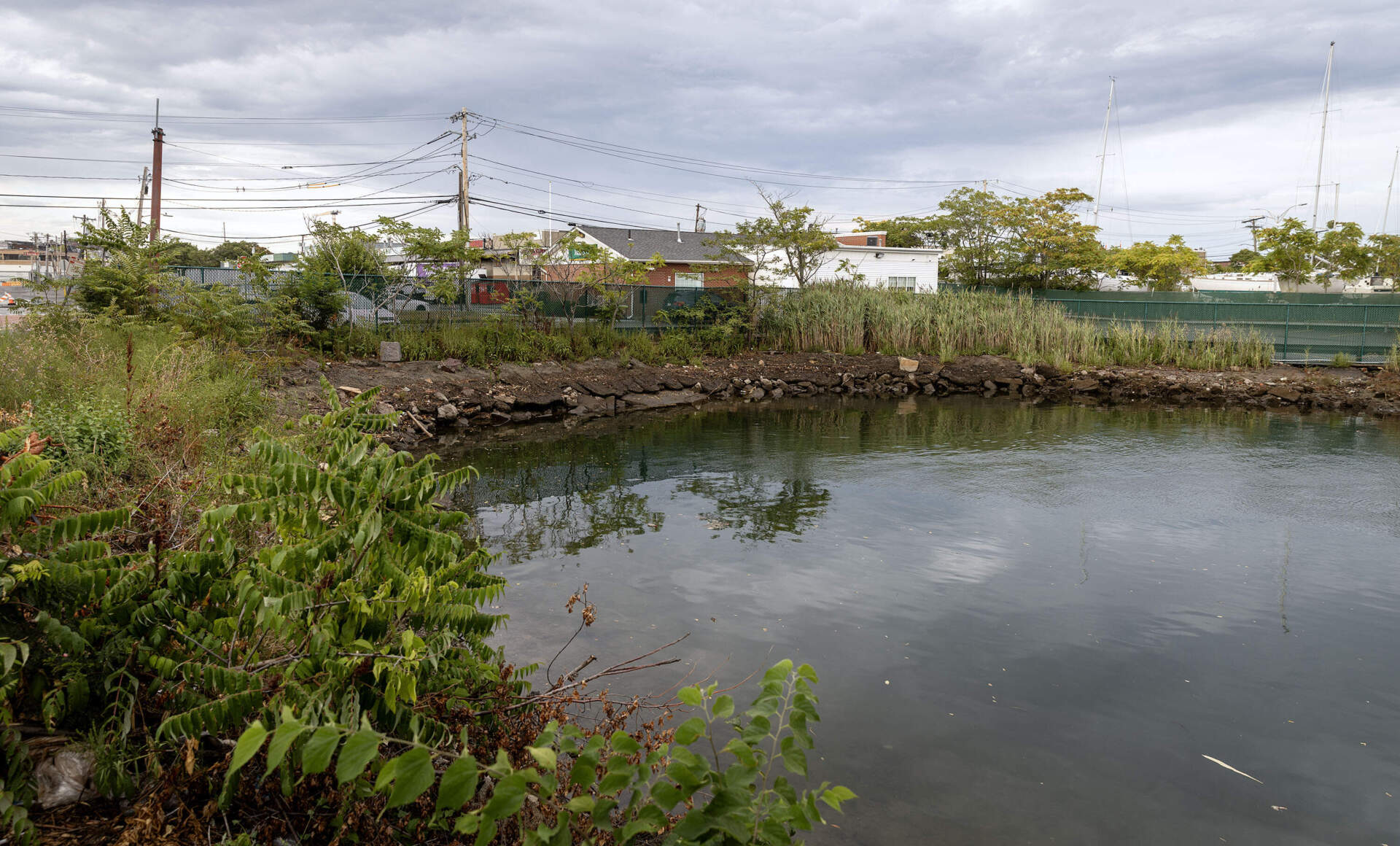
Local officials are trying to move forward with the barrier project in smaller phases, but say it’ll likely be years behind schedule even if they can restore or replace the federal funding. Besides flood protection, quality-of-life benefits are at stake. The current plan for the wall features an elevated walking path and a new park to increase residents’ access to the waterfront.
Residents fight to make Chelsea more livable
Activists including Bongiovanni and her army of citizen volunteers at GreenRoots are focused on what they can control.
“Chelsea people are like the phoenix that rise from the ashes, right?” Bongiovanni said. “Every single crisis or challenge, we’re more powerful and more resilient.”
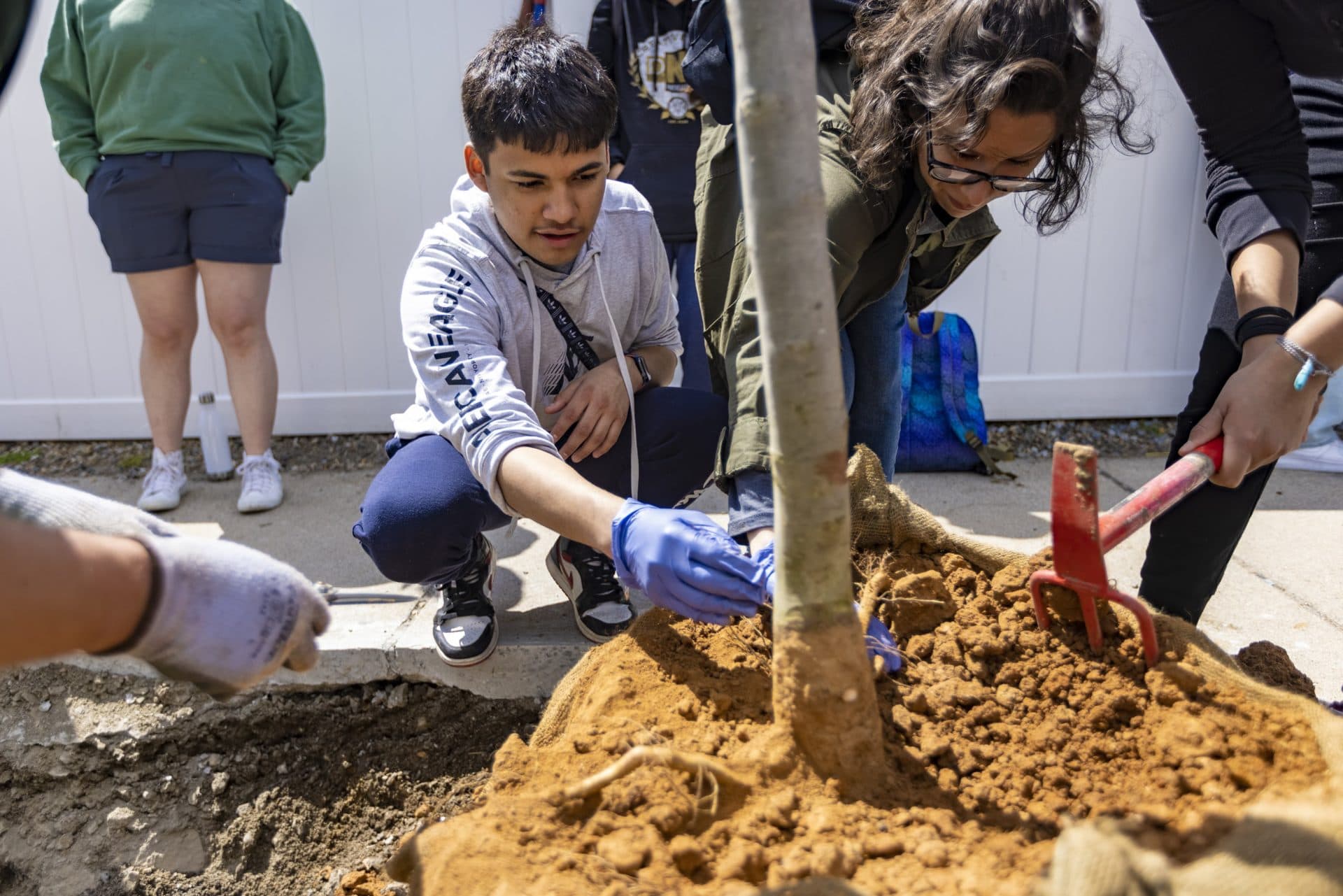
Williams has volunteered with the grassroots group for years, and was part of its successful push to block an oil company from transporting ethanol through the city by train more than a decade ago.
Now that she’s quit her career as a licensed practical nurse due to her asthma, she continues to use some of her time to volunteer. She and other GreenRoots organizers create urban gardens, plant trees and work to transform the city’s worst heat islands into “cool blocks” with greenery and white, heat-reflecting roofs.
“ I definitely want to keep the fight going, because not just for me, but for others who are suffering with the environment,” Williams said.
This segment aired on October 9, 2025. Audio will be available soon.
Search
RECENT PRESS RELEASES
Related Post




